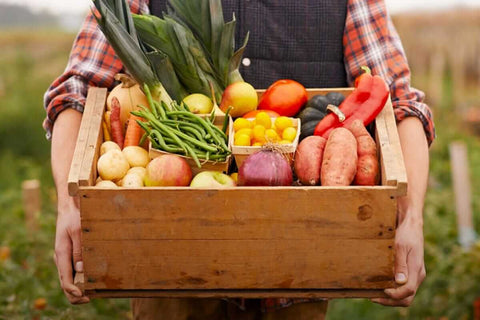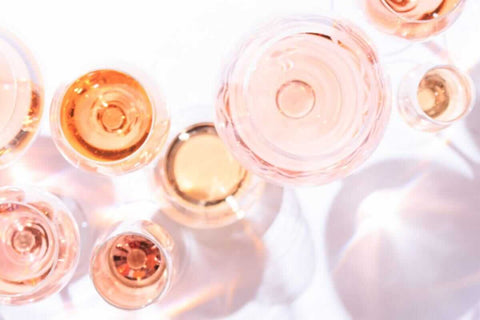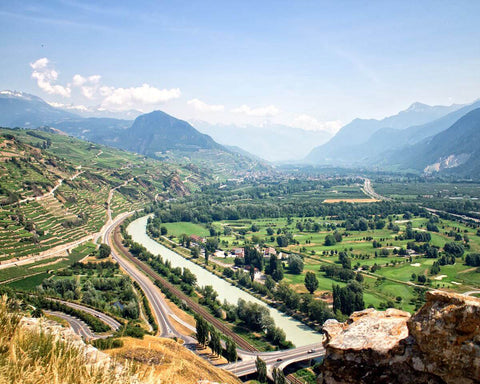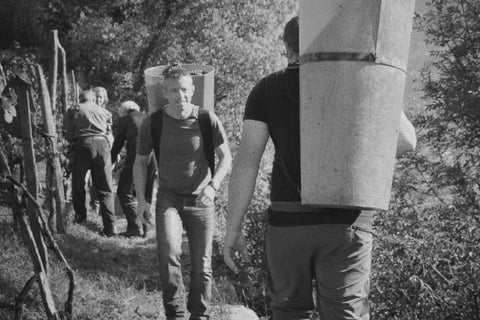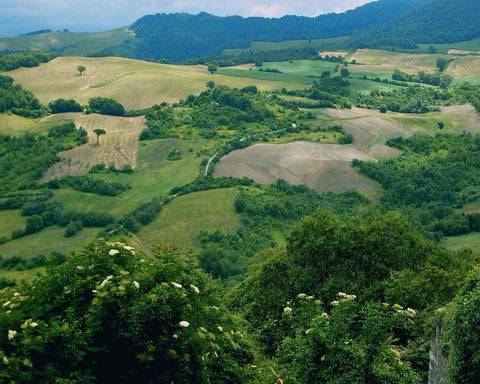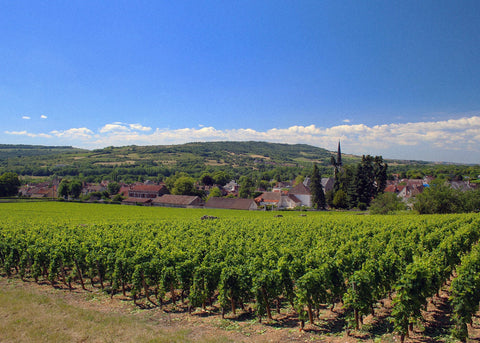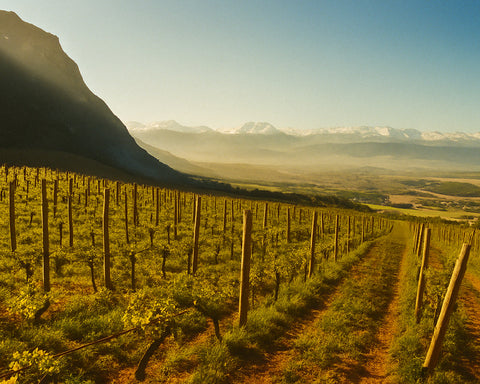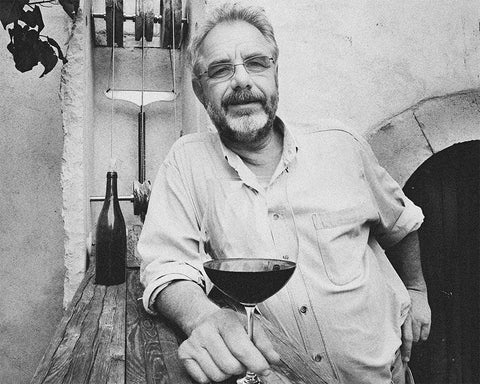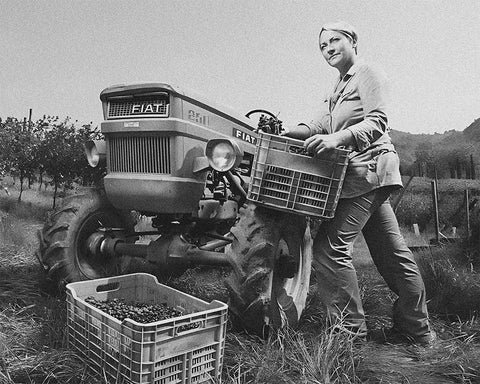Definition of Organic Farming
Organic farming is a method of agricultural production that prioritizes environmental sustainability, soil health, and ecological balance. This practice differs from conventional farming methods in several key ways. While conventional farming often relies on synthetic chemicals and genetically modified organisms (GMOs), organic farming uses natural processes and substances.
At its core, organic farming seeks to mimic natural systems and processes. This approach values soil fertility, promotes biodiversity, and minimizes pollution. By eschewing synthetic fertilizers, pesticides, and herbicides, organic farmers aim to produce food that is both nutritious and free of chemical residues.
Key Principles of Organic Farming
The International Federation of Organic Agriculture Movements (IFOAM) has outlined four fundamental principles that define organic farming: health, ecology, fairness, and care.
Health pertains not just to the consumer but to the entire ecosystem. Healthy soils produce healthy crops, which in turn nourish humans and animals. Healthy ecosystems are more resilient and can better fend off pests and diseases without the need for chemical interventions.
Ecology is about recognizing that agricultural systems are a subset of the larger environmental system. Embracing ecological principles means understanding how nature operates and structuring farming practices around these natural cycles and processes.
Fairness speaks to ensuring equitable treatment and justice for all involved—be it the farmers, workers, consumers, or the animals. Ethical and social implications are intrinsic to organic farming principles.
Principles of Organic Farming
Soil Health
Organic farming emphasizes soil health. Soil is more than a plant holder; it's a living ecosystem. It needs care and nourishment to thrive. Healthy soil is essential for producing organic wine. Organic practices shun synthetic fertilizers. They use compost, green manures, and crop rotation instead. These methods enrich the soil. They also promote a balanced microbial environment. Healthy soil is vital for vines to grow well. It ensures they produce quality grapes.
Crop Diversity
Crop diversity is vital in organic farming. Traditional vineyards might focus on one grape variety. Organic vineyards, however, include diverse crops. This biodiversity isn't just for looks. It maintains soil health and reduces pest risks. Intercropping and cover crops can interrupt pest cycles. They also improve soil structure. Additionally, they increase the presence of helpful organisms. For organic wine, diverse crops can influence flavor. They add unique notes to the natural wine.
Natural Pest Management
Organic farming doesn't use chemical pesticides. It relies on natural pest management. Beneficial insects might be introduced to combat harmful pests. Pheromone traps are also used. Natural repellents can be applied too. In organic wine vineyards, this means grapes are chemical-free. The wine has a cleaner, more genuine taste. Avoiding synthetic pesticides also benefits the environment. It maintains a balanced ecosystem that self-regulates.
Sustainable Water Management
Water conservation is crucial in organic farming. Organic vineyards often use efficient irrigation systems. Drip irrigation is a common choice. Mulch and cover crops are also used. They reduce evaporation and help retain soil moisture. Organic wine producers prioritize water conservation. It's essential for the vineyard's long-term health. Using water wisely ensures quality natural wine. It also preserves this resource for the future.
Organic Farming: A Regulatory Quagmire?
European Union Regulations
The European Union (EU) has established specific regulations for organic farming through Council Regulation (EC) No 834/2007 and its subsequent amendments. This regulatory framework details the production, labeling, and control of organic products. When it comes to prohibited substances, it's important to note that there is an extensive list of synthetic chemicals that are not allowed in organic production. This is a general overview of the categories of substances that are generally forbidden for EU organic certification:
1. Synthetic Pesticides: Conventional synthetic pesticides, fungicides, and herbicides are not allowed in organic farming. Only a few naturally derived substances, like certain pheromones and microorganisms, are permitted.
2. Synthetic Fertilizers: Organic farming prohibits the use of synthetic fertilizers. Instead, organic farmers rely on compost, green manures, and other natural sources of nutrients.
3. Synthetic Growth Regulators: These substances, which affect the growth of plants or insects, are not allowed in organic farming.
4. GMOs (Genetically Modified Organisms): Genetically modified plants and animals are strictly forbidden in organic farming and processing.
5. Specific Post-harvest Treatments: Certain synthetic substances used after harvest, such as chemical ripening agents, colorants, and waxes, are not allowed in organic production.
6. Certain Additives and Processing Aids: In processed organic foods, only a specific list of additives and processing aids are allowed. Many synthetic additives or those derived from non-organic sources are prohibited.
7. Solvents for Extraction: In general, synthetic solvents are not allowed in the extraction of organic products.
8. Certain Veterinary Medicinal Products: The use of antibiotics, hormones, and other synthetic treatments is highly restricted in organic animal husbandry.
9. Irradiation: The treatment of organic foods with ionizing radiation is prohibited.
USDA Organic Regulations
The USDA's National Organic Program (NOP) has established a set of standards that organic producers must adhere to in order to achieve and maintain certification. Similar to the EU's organic standards, the USDA prohibits a comprehensive list of non-organic substances. Here's an overview of forbidden substances and practices:
1. Synthetic Substances: Many synthetic substances are prohibited in organic production and handling. The USDA does maintain a National List of Allowed and Prohibited Substances, detailing which synthetic substances are permitted under specific conditions.
2. Genetically Modified Organisms (GMOs): The use of GMOs is strictly prohibited in organic production and handling.
3. Sewage Sludge: Organic farmers are not allowed to use sewage sludge as a fertilizer.
4. Ionizing Radiation: Organic products cannot be treated with ionizing radiation, commonly referred to as irradiation.
5. Synthetic Pesticides: Most synthetic pesticides are prohibited. Only certain naturally derived substances are allowed for pest control.
6. Synthetic Growth Hormones: The use of synthetic growth hormones, particularly in organic livestock, is not allowed.
7. Antibiotics: Organic livestock cannot be given antibiotics. If an animal is treated with antibiotics, it cannot produce organic meat, poultry, eggs, or dairy products.
Differences between USDA Organic and EU Organic Certification
Both the USDA Organic and EU Organic certifications aim to promote sustainable agricultural practices and provide consumers with trustworthy organic products. However, producers aiming to be certified in both markets need to be aware of and comply with the nuances and differences between the two systems.
-
Certification Process: While both certification systems have rigorous standards, the procedures and specific requirements for certification can differ. For instance, the EU generally requires a two-year conversion period for land to be considered organic, while the USDA requires three years.
-
List of Allowed/Prohibited Substances: While both systems have extensive lists of prohibited synthetic substances, the specifics can vary. A substance allowed in one system may not be in the other.
-
Regulatory Bodies: The USDA Organic standards are overseen by the NOP, under the United States Department of Agriculture. The EU standards are governed by the European Commission.
-
Treatment of Livestock: There may be differences in livestock treatment standards, especially regarding feed, housing, and healthcare practices.
-
Labeling: The labeling requirements and the design of the organic logos differ between the USDA and EU.
-
Trade Agreements: As of my last update in January 2022, the USDA and the EU have a trade equivalency agreement, meaning that organic products certified in the U.S. can be sold as organic in the EU and vice versa, with some exceptions.
- Control and Inspection: Both systems require regular inspections, but the frequency, specifics of the inspection process, and the bodies that carry out these inspections can differ.
Organic Farming v. Conventional Farming in Viticulture
Environmental Impact
Organic Farming:
- Environmentally-friendly due to the avoidance of synthetic chemicals.
- Reduces soil and water contamination.
- Potential for increased soil erosion due to frequent tilling, especially in hilly terrains.
- Heavy reliance on chemical fertilizers, pesticides, and herbicides.
- Potential for increased soil degradation and water pollution.
Natural Wine Production:
- Minimizes environmental footprint by reducing interventions in farming and winemaking.
Economic Aspects
Organic Farming:
- Higher upfront costs due to certification and manual labor.
- Organic wines can command higher market prices, potentially offsetting production costs.
Conventional Farming:
- Lower production costs due to synthetic inputs.
- Higher yields possible due to chemical fertilizers.
- Long-term economic sustainability can be questionable with deteriorating soil health.
Health Implications
Organic Wine:
- Reduced risk of chemical residues due to the absence of synthetic chemicals.
- Potential higher levels of antioxidants, beneficial for health.
Conventional Wine:
- Might contain traces of synthetic chemicals.
- Undergo rigorous testing to meet safety standards and adhere to safety regulations.
What are the Risks of Organic Farming, if any?
Organic farming, especially in viticulture, has been hailed for its sustainabe practices and minimal use of synthetic chemicals. However, like all agricultural methodologies, it is not without its challenges and potential risks. Understanding these complexities is vital for both practitioners and consumers.
One primary concern is the increased vulnerability to pests and diseases. Without the regular use of synthetic pesticides, organic vineyards can sometimes face greater challenges from insects, fungi, and other pathogens. While organic practices do employ natural predators and beneficial insects, these might not always be effective against all threats, leading to potential crop losses.
Another risk associated with organic farming is the potential for reduced yields. The absence of synthetic fertilizers often means relying on natural compost and manure to nourish the soil. While these organic materials enrich the soil over time, they might not always provide the immediate nutrient boost that synthetic alternatives offer. Consequently, this can sometimes result in lower grape yields compared to conventional farming.
Soil erosion is an additional concern. Organic practices often involve tilling the soil to manage weeds in the absence of herbicides. While effective for weed control, tilling can disrupt the soil structure, increasing the risk of erosion, especially in hilly vineyard terrains. This not only depletes the soil's health but can also impact the local ecosystems adversely.
Lastly, the economic aspect cannot be overlooked. Organic certification is a rigorous and often expensive process. Small-scale vineyards might find the costs of certification prohibitive. Moreover, the potential for reduced yields, combined with the premium prices of organic inputs, can lead to higher production costs. While organic wines often command higher prices, they might not always compensate for the increased production expenses.
As with all farming practices, continuous research, innovation, and adaptation are crucial to mitigate these risks and ensure the long-term sustainability of organic viticulture.
